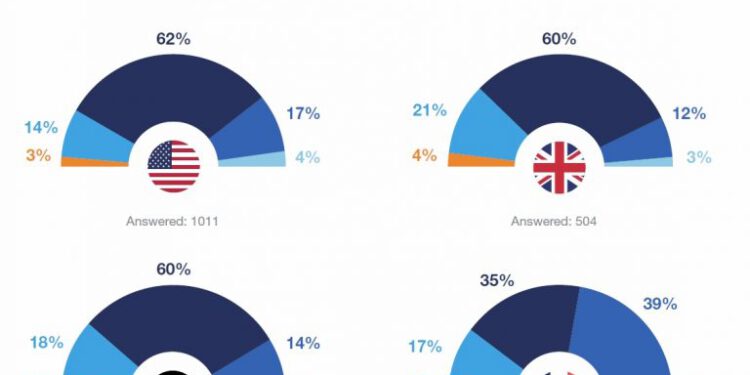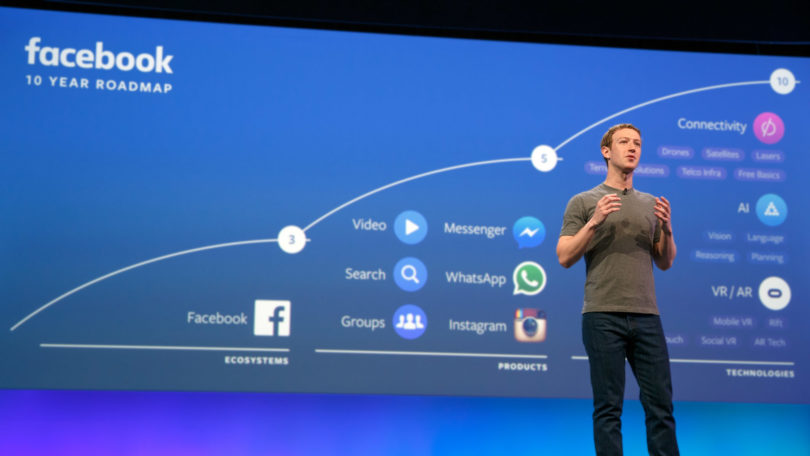Zara, one of the world’s largest fashion houses, also tested the possibilities offered by augmented reality displays in a two-week pilot project in 120 flagship stores. At first, customers were surprised by the empty shop window. But if you held your smartphone with the Zara AR app on the graphic signage in the shop window, on the floor in the shop or the delivery boxes, the models Léa Julian and Fran Summers were brought to life in sequences of different lengths. The models presented the current collection, posed and communicated. This created a whole new kind of shopping experience. AR provided the customer with an idea of how the garments look in reality, and the customer saved the walk to the dressing room. If he was interested in the look, he could simply order it online with a click.
The German sports shoe manufacturer giant Adidas used a mix of VR and AR technologies for its online campaign for the launch of the new Adidas Deerupt running shoe in 2018. In addition to the interactive website, which includes an AR experience, Adidas, together with its partner Foot Locker, also wanted to realize something in connection with virtual reality, so that the possibilities of immersion media are used as much as possible. As a challenge, the participants had to crack a code on the action website. The first winners were sent a Google Cardboard with which they could experience the 360-degree experience from home.
The cosmetics industry has also recognized this trend and is turning the smartphone into a mirror. Cosmetics manufacturers such as L’Oréal, Sephora or Estée Lauder offer their customers AR apps that allow them to try out the latest trends on themselves. Thus, lipstick, mascara or eye shadow are tested without the customer coming into contact with the product itself.
After IKEA, Amazon also relies on Apple’s ARKit and offers the app “AR View”, which is available from iOS 11. Using the camera in the iPhone or iPad, the environment is recorded and integrated into the Amazon range. Thousands of products such as juicer, toaster, rocking horse or cooking pots are already available as 3D models and they are integrated into the real environment with the app. The objects can be rotated 360 degrees and their size can be changed. The aim is to support customers in their purchase decision. However, it is not yet known when this function will also be available in Germany.









